Quirky Organic Nature or Sneaky Stealth Nanotech? A Revised View of Strange Angular and Rectangular Shapes Observed in My Recent Microscopy
Darkfield and brightfield microscopy photos and video clips taken from tap water samples, East Midlands of England
Having now looked closely at seven samples of tap water recently and found strange angular and rectangular shapes and patterns in most of the drying samples, I'm now inclined to conclude that these are probably NOT nanotech derived - contrary to my recent fears and speculations - and are likely formed from quirky organic nature.
After spending hours on end painstakingly trawling through multiple tap water samples at the microscopic level and looking at hundreds of recent photographs, I'm now of the opinion that these strange rectangular and angular shapes seen on the drying microscope slide are more likely to be natural organic formations derived from certain chemicals in the tap water.
However, considerable confusion and concern over suspicious stealth nanotech lurking within any liquid sample remains dominant because we know that the nanotech is out there; it's been released into the world through multiple vectors (injections, pharmaceuticals, chemtrails, food supply).
The difficulty for me has been trying to determine what I'm seeing under the microscope - whether the strange patterns observed are signatures of possible stealth nanotech, or are just intriguing orderly quirks of nature.
A lot of things can be visually distorted at the microscopic scale and what appears to be happening can be a matter of wide interpretation.
Also, as I've mentioned a few times before, I have observed strange angular and rectangular shapes which formed from a runny nose sample in late January. This fuelled my own speculation of possible mysterious nanotech contamination perhaps being vigorously expelled from my nose (following my attending a conference event and exposure to 80+ people the week before - a possible C-19 'shedding' experience, or just a bout of unrelated fever in cold winter).
During my recent spell of tap water sampling, the structured rectangular shapes and associated elaborate patterns have sent me spiralling off to find greater clarity. It's been a red herring or wild goose chase distraction, it now seems. It's sent me sideways into seemingly worthless searching and added illusory speculation. I wanted to clearly establish whether or not these were traces of manufactured imprints and design emerging from within tap water - or random quirks of nature.
On reflection, a series of photos (taken later) from my third tap water sample (on 31st May) show clues to the organic crystalisation and formation of the angular shapes. Out of the crystal shards the angular patterns are seen forming. What later appears as orderly shapes and designs may simply be randomly produced angular features of no meaning or consequence.
Observe these crystalline structures below with mostly straight-lined shards.
Now take a look at the next photos below which show the crystalline shards forming the angular lines (many of which could later become rectangles).
The next two videos below show these features more fully. The crystalline shard 'explosions' are alongside newly forming angular structures and are clearly part of newly forming zig-zag angular shapes.
Of course, these crystalline structures could still be nano derived designs of some unknown kind but it now seems very unlikely to me, given the random shaped outcomes that lead nowhere. At first sight there is a tantalising suggestion of ordered design (which plays into our fears and suspicions of stealth nanotech) but this does not lead to anything substantial - just angular patterns and shapes.
For me this has been a lesson in organic crystalisation (versus nanotech stealth trickery and suspicion that has sent me round on a wild goose chase). It's all part of the learning curve of an amateur microscopist and stealth nanotech sludge dredger.
Other features that confused me were the hydrogel bubbles producing neat angular shaped objects but this now appears merely to be the same crystalisation process producing smaller crystalised objects such as tiny rectangles and hexagons, as shown in the next few photos below.
There was also the appearance of tiny chip-like structures which I photographed inside or alongside a fibrous polymer structure found in the tap water, as shown in the two photos below. These now seem to me to be merely random organic crystalline structures which happen to be squared or rectangular - and not stealth nanotech chips!
However, many things observed in tap water remain very concerning. There are hydrogel fibres of all shapes, such as these below (and the one just shown above).
There's also these strange microscopic objects shown emerging from tiny hydrogel spheres - possibly synthetic nanotech? See photos below.
These objects shown below suggest synthetic nanotech to me.
Here's a few angular organic doodles seen in my fourth and fifth samples of tap water, shown below, which I now believe are likely to be random natural crystalline constructs, contrary to my previous speculations.
I took a look at distilled tap water under the microscope recently and still managed to find very feint traces of angular and rectangular shapes in part of the dried sample. However, the worst find was the fibrous hydrogel filament shown in the video clip below. Quite a grotesque hairy plant-like 'Triffid' filament!
These ubiquitous synthetic fibres are the real threat all around us, which are more likely connected to the stealth nanotech invasion of humanity - not phantom geometric microchips (except in pharmaceutical injections). These fibres blend in everywhere as if they are just debris from the environment when in fact they may represent the real stealth hydrogel fibrous filament invaders - with a hidden nanotech surveillance and control potential.
During my focus in pursuing the angular and rectangular patterned shapes in tap water recently I have mostly ignored the numerous hydrogel fibres that have been present. After discovering the horrible hydrogel fibre in distilled tap water (shown in the video above) I went back and looked at some of the fibres in my other recent tap water samples. To my surprise, there were many similar kinds of hairy hydrogel fibrous filaments with twig-like branches. It seems I've been distracted from these ever-present microscopic 'Triffid' plant-like invaders.

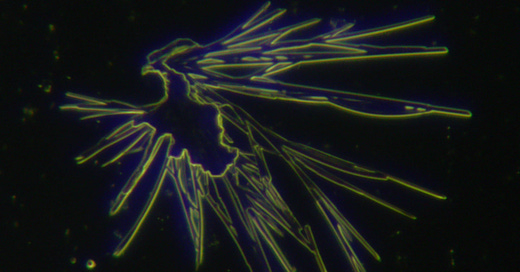






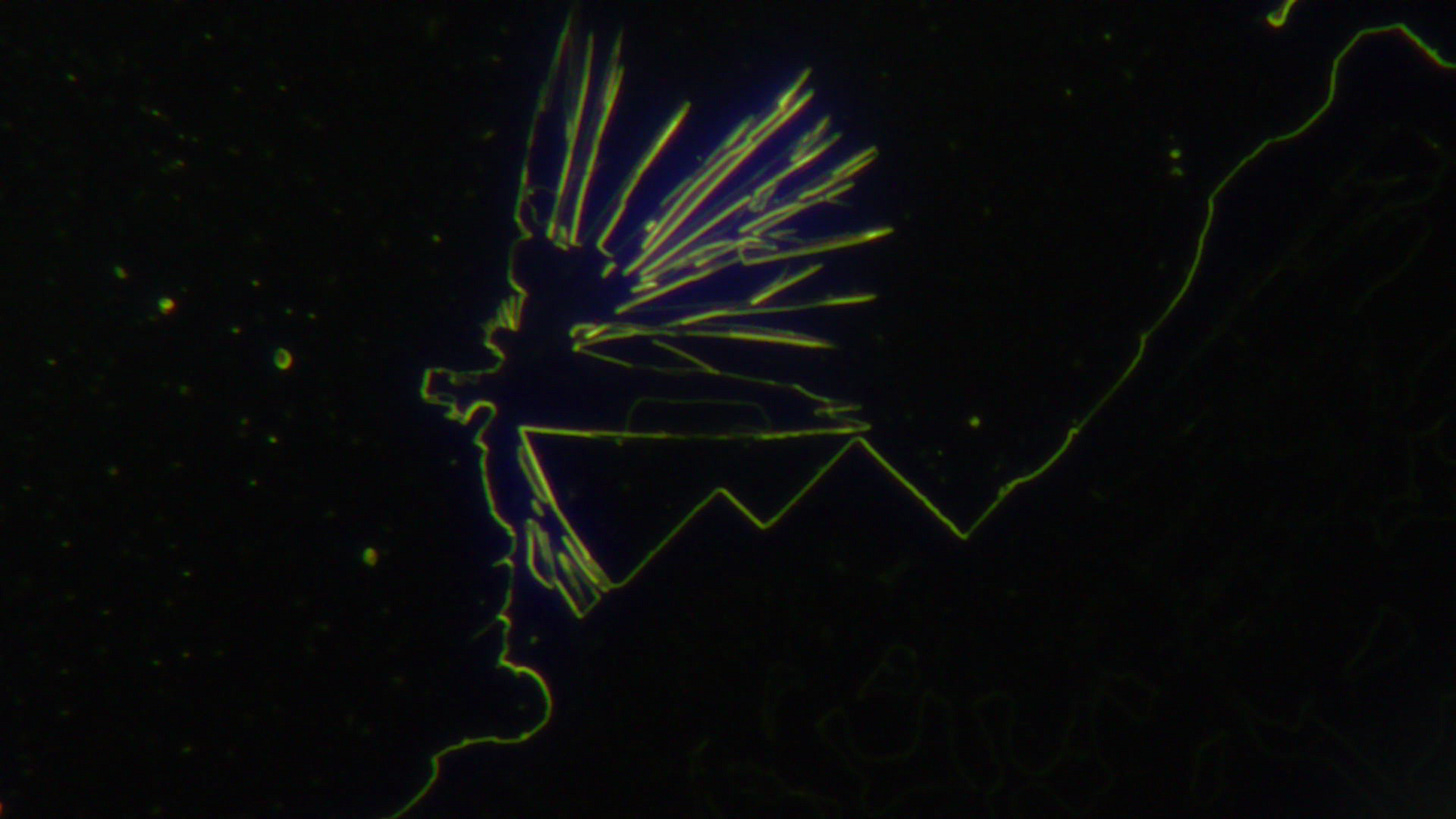


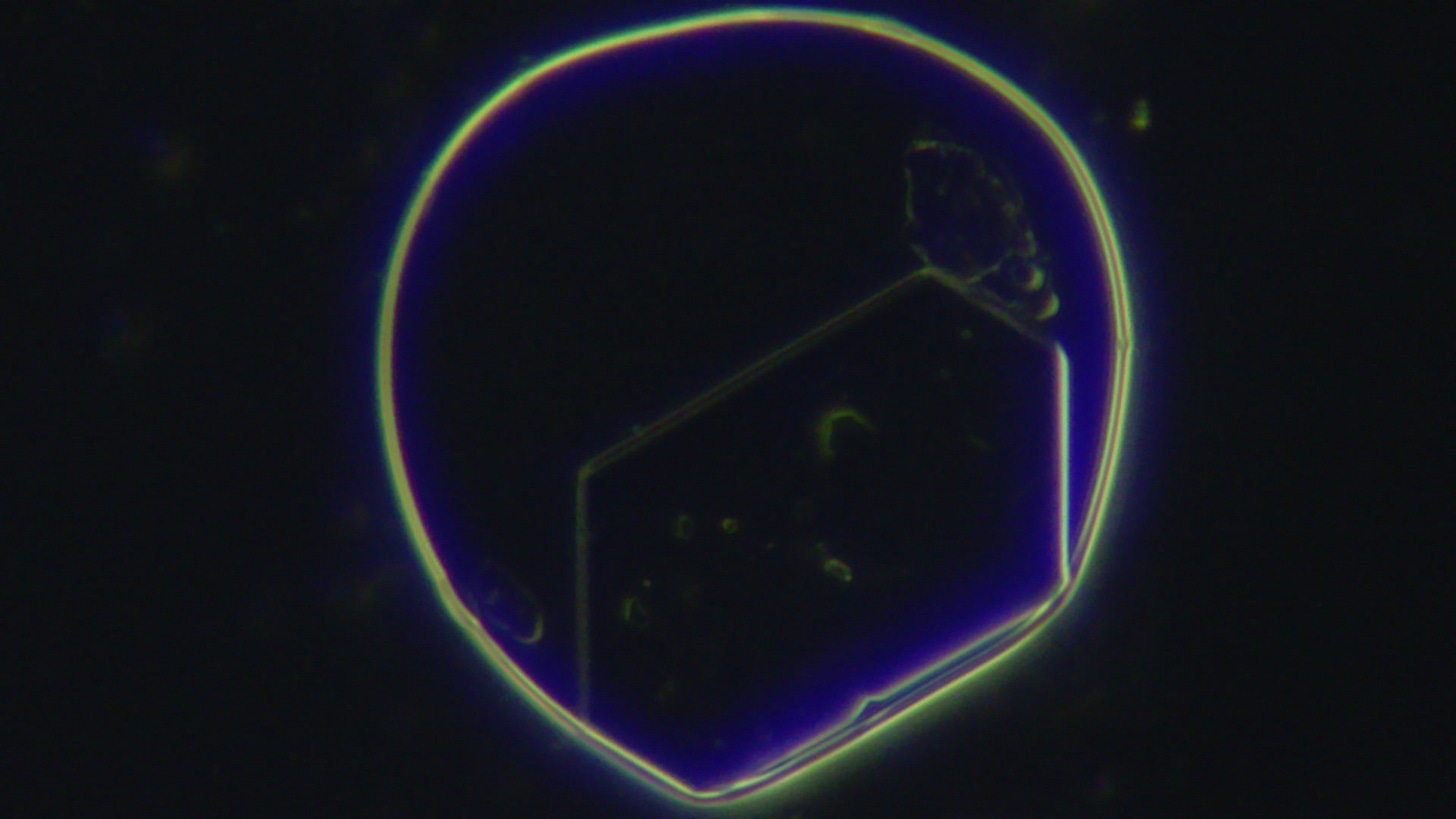
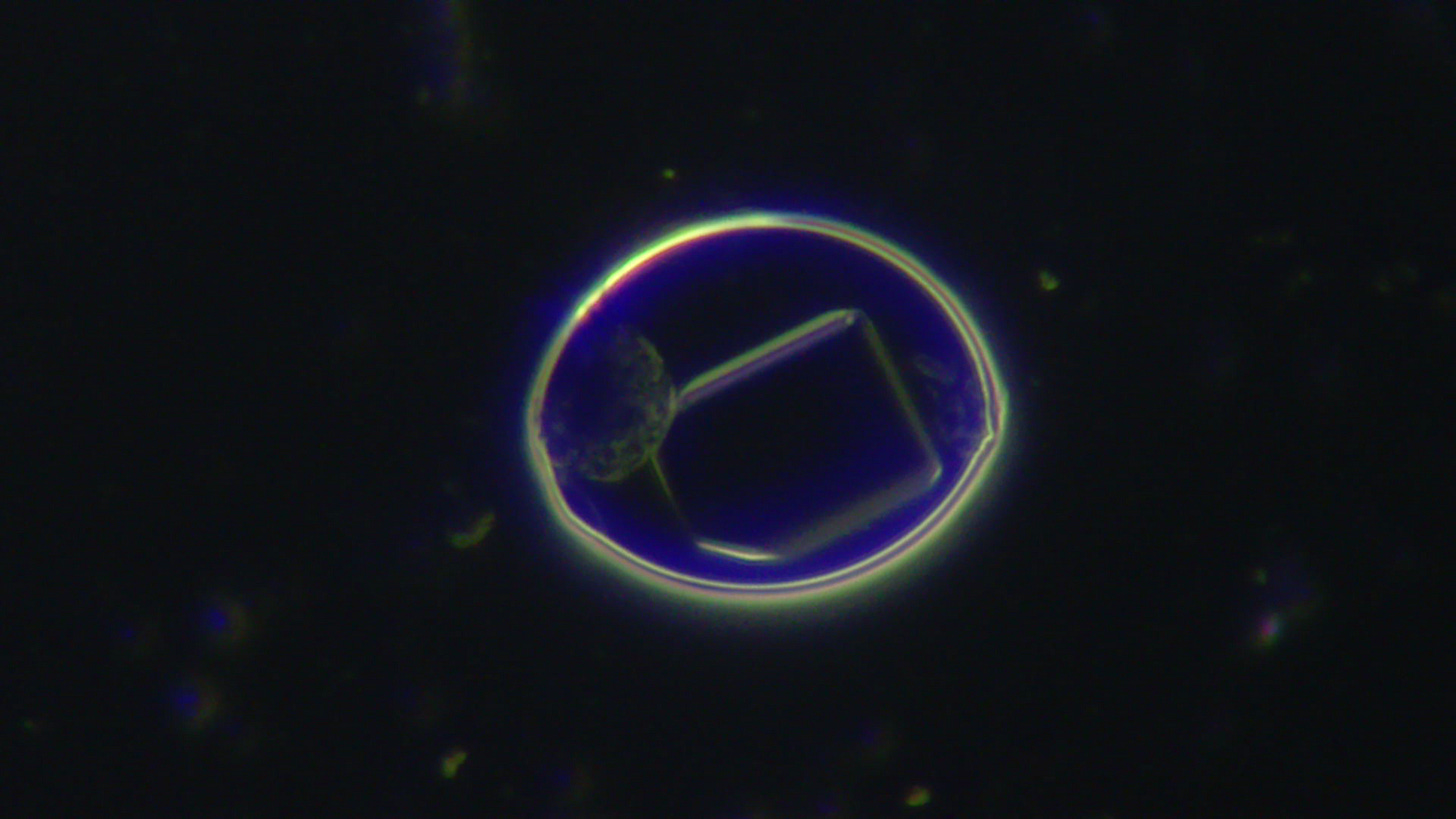

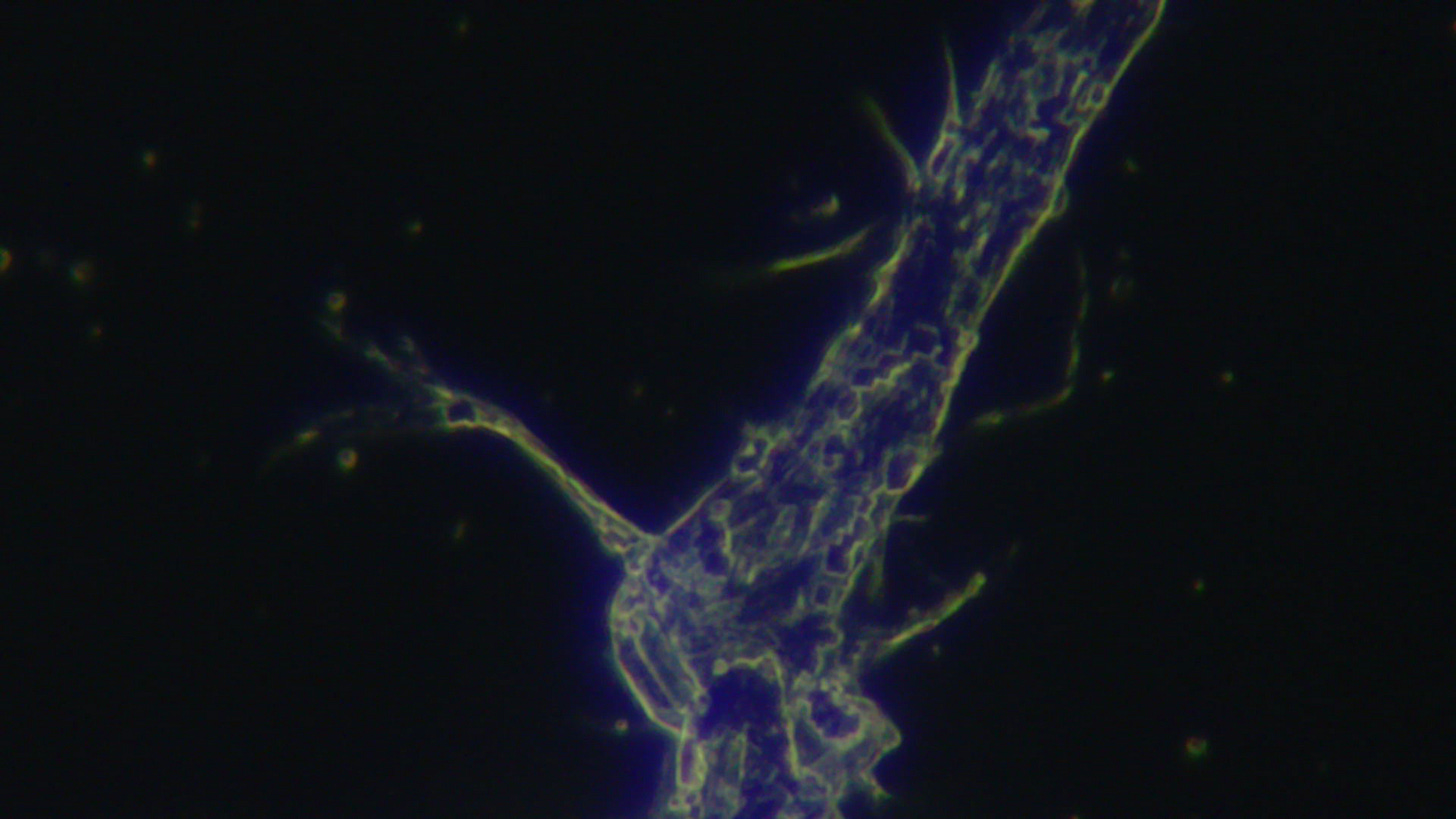
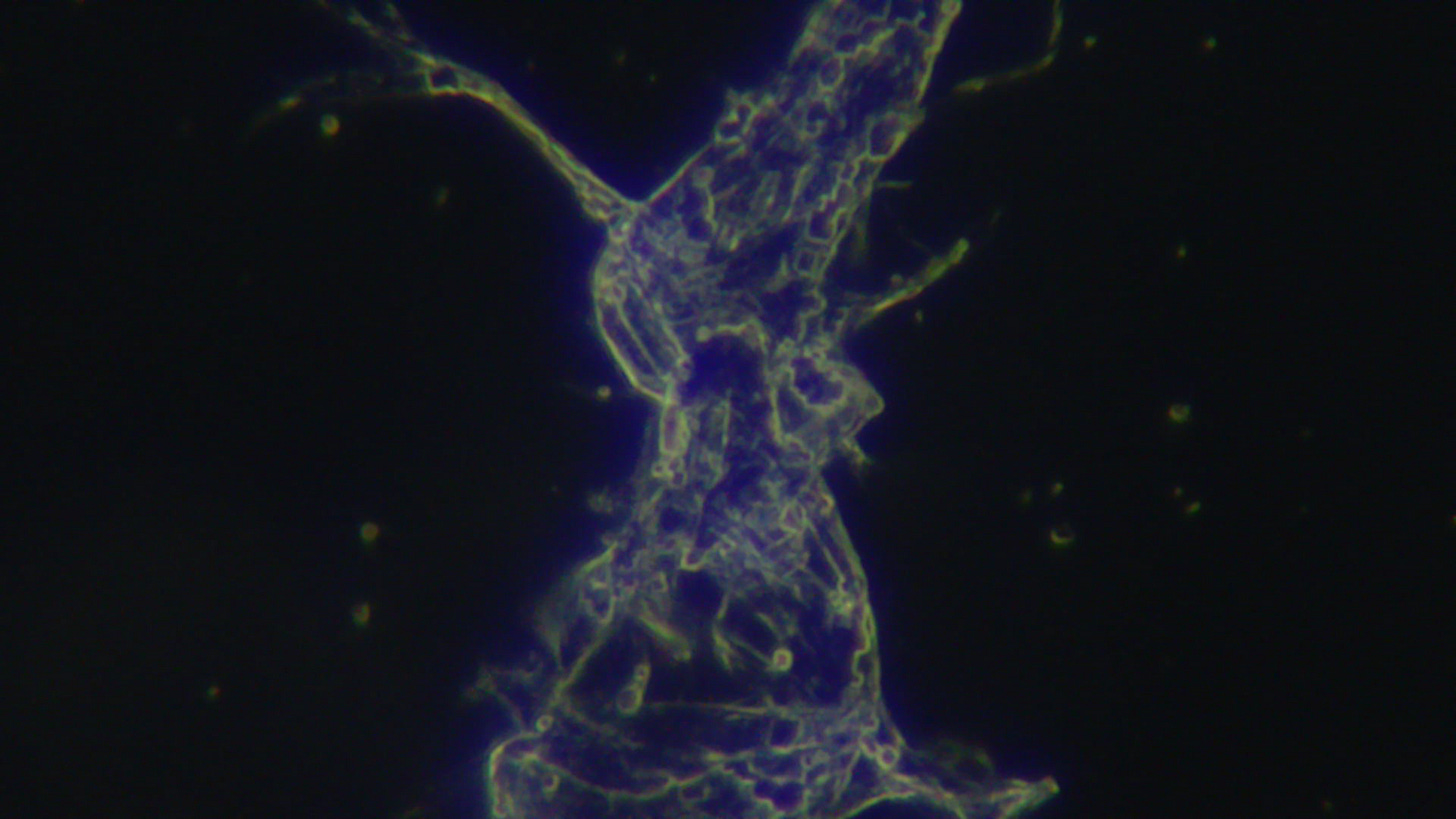

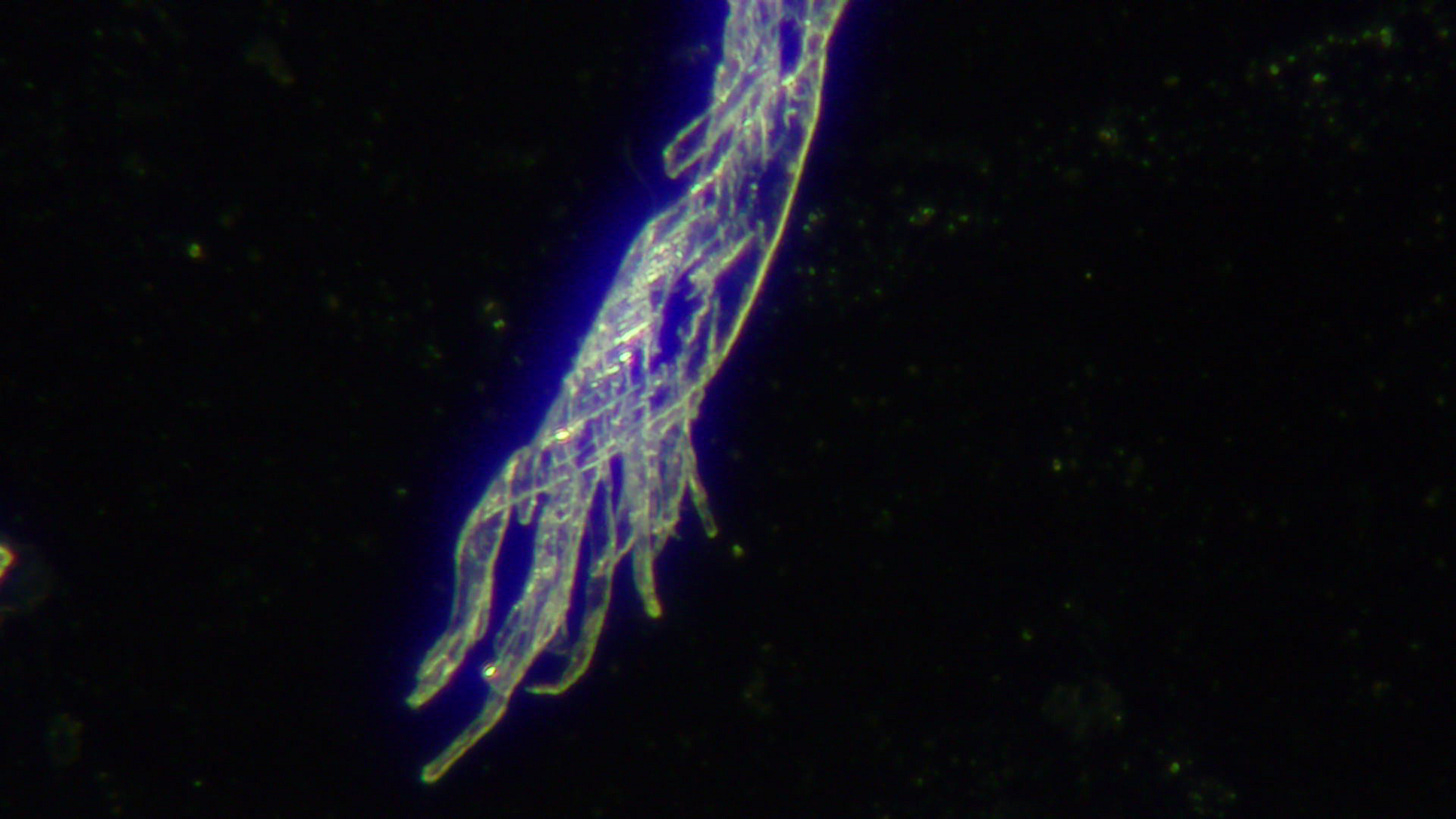
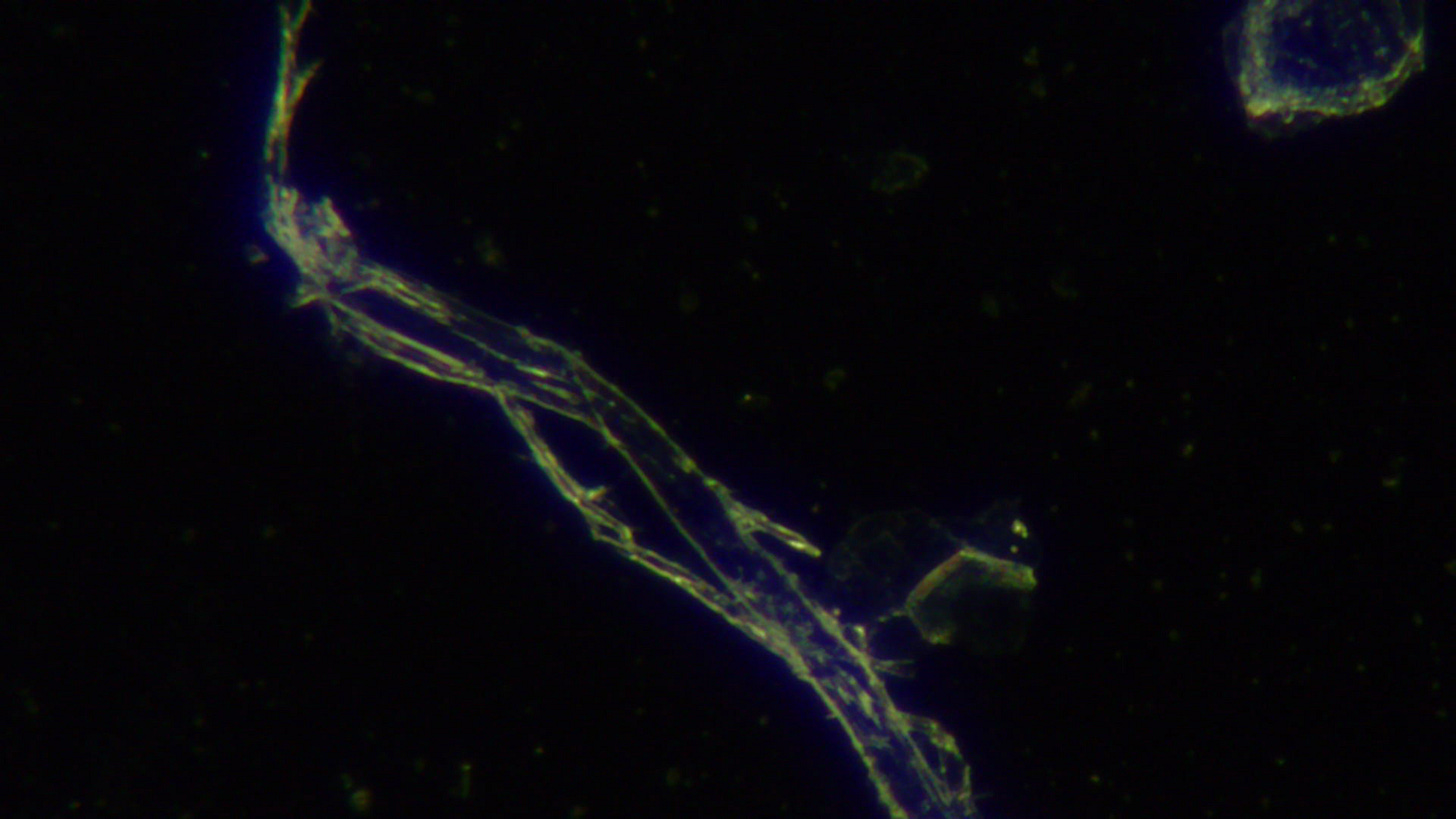
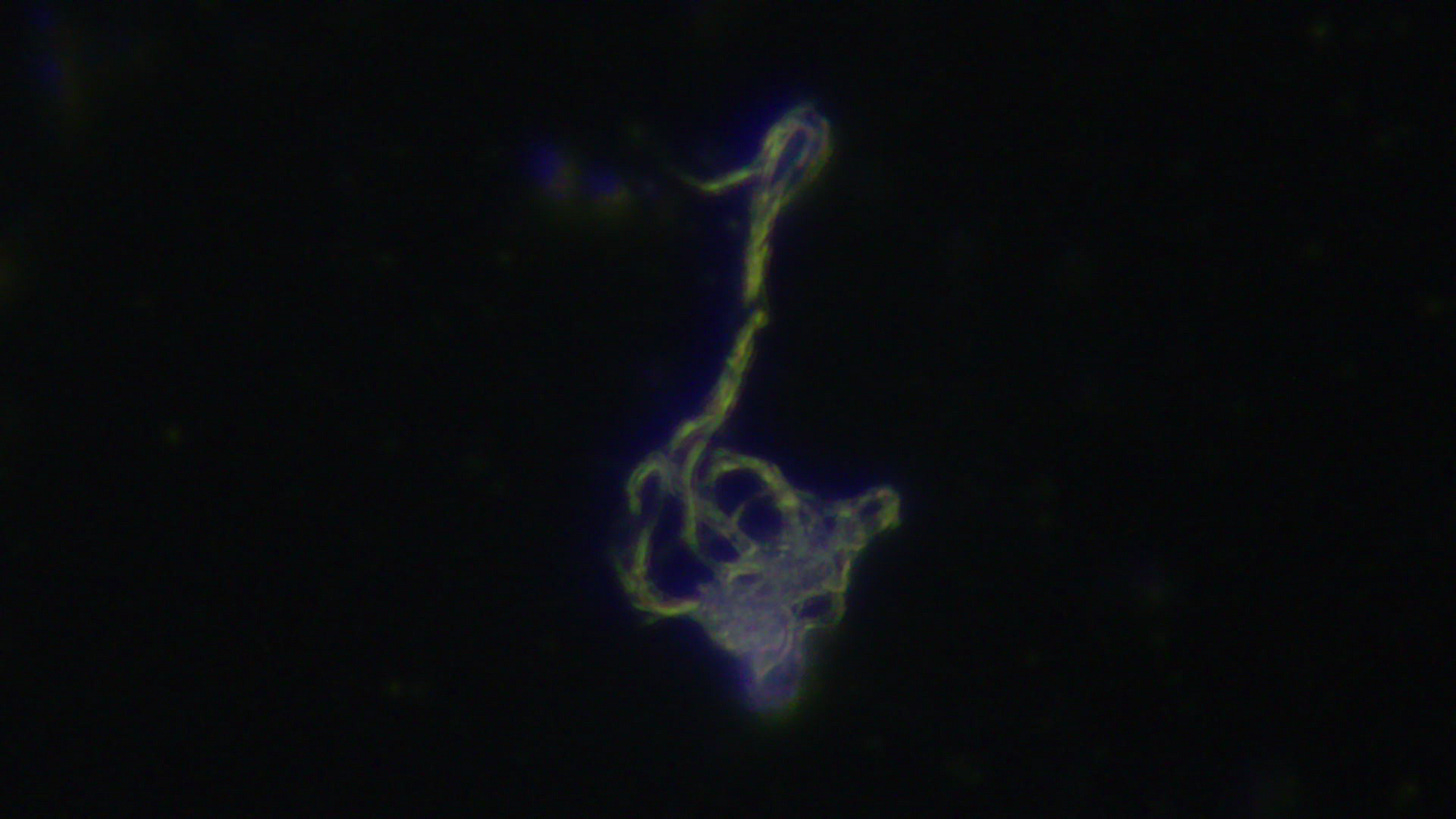
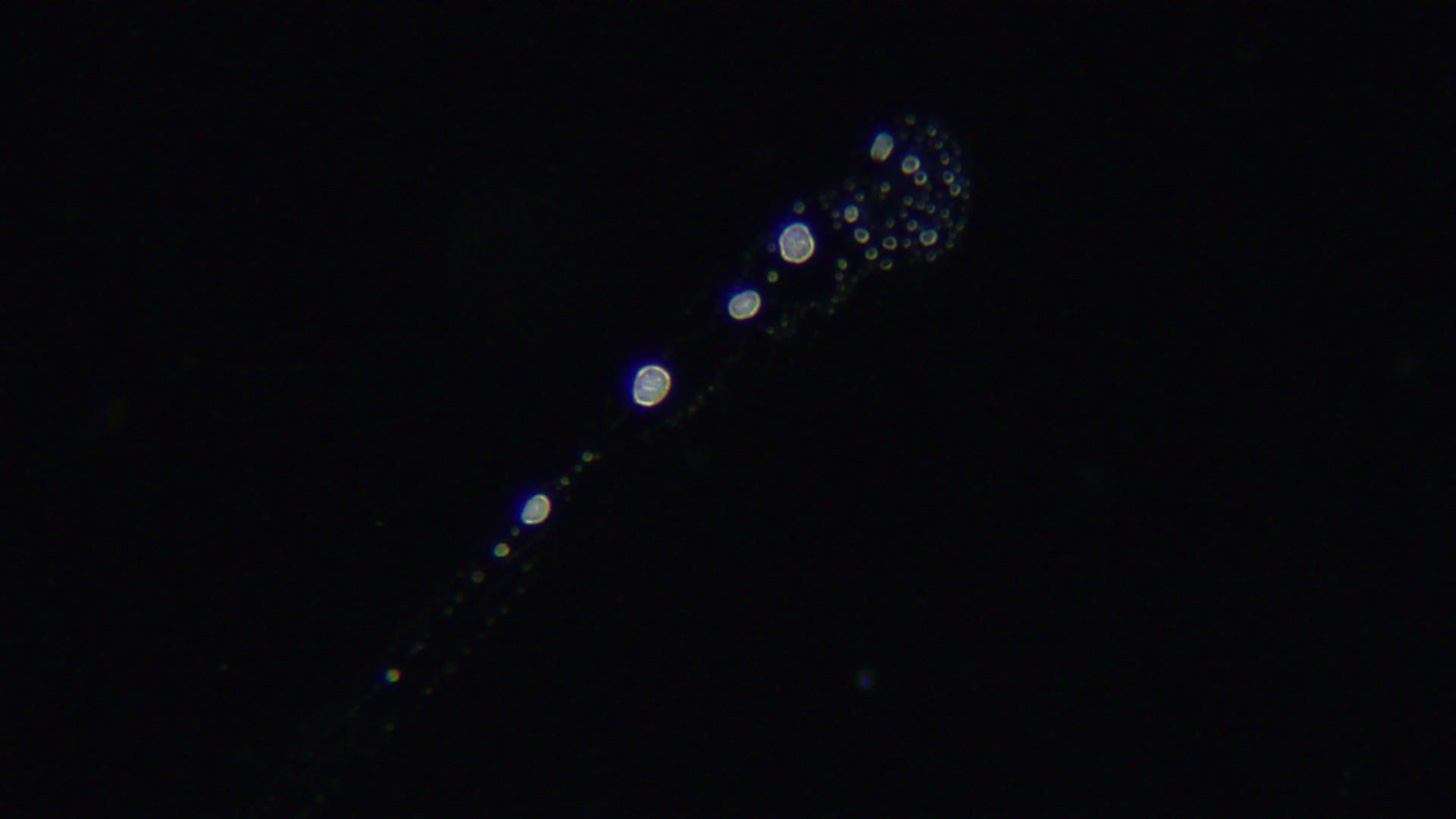
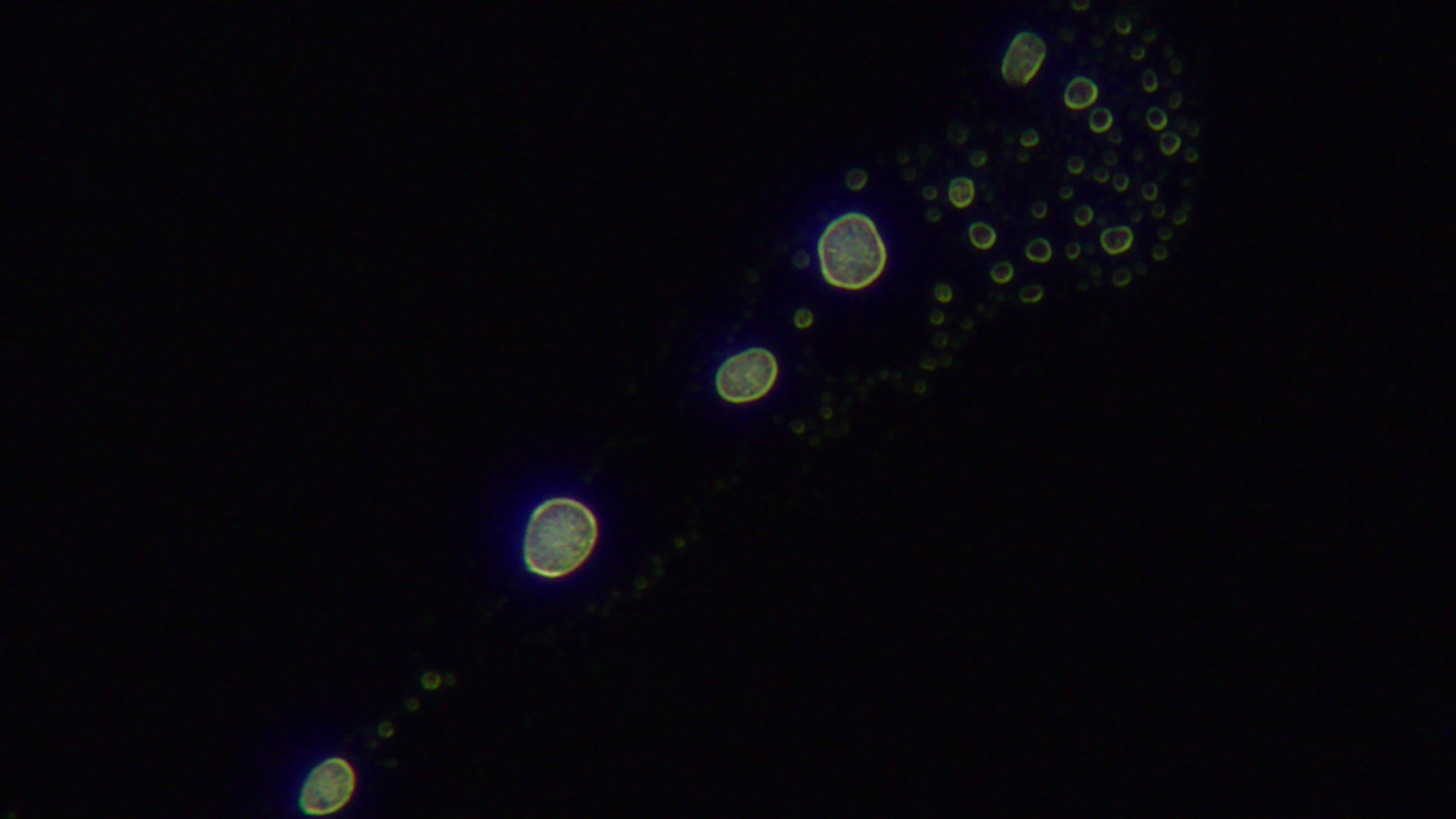

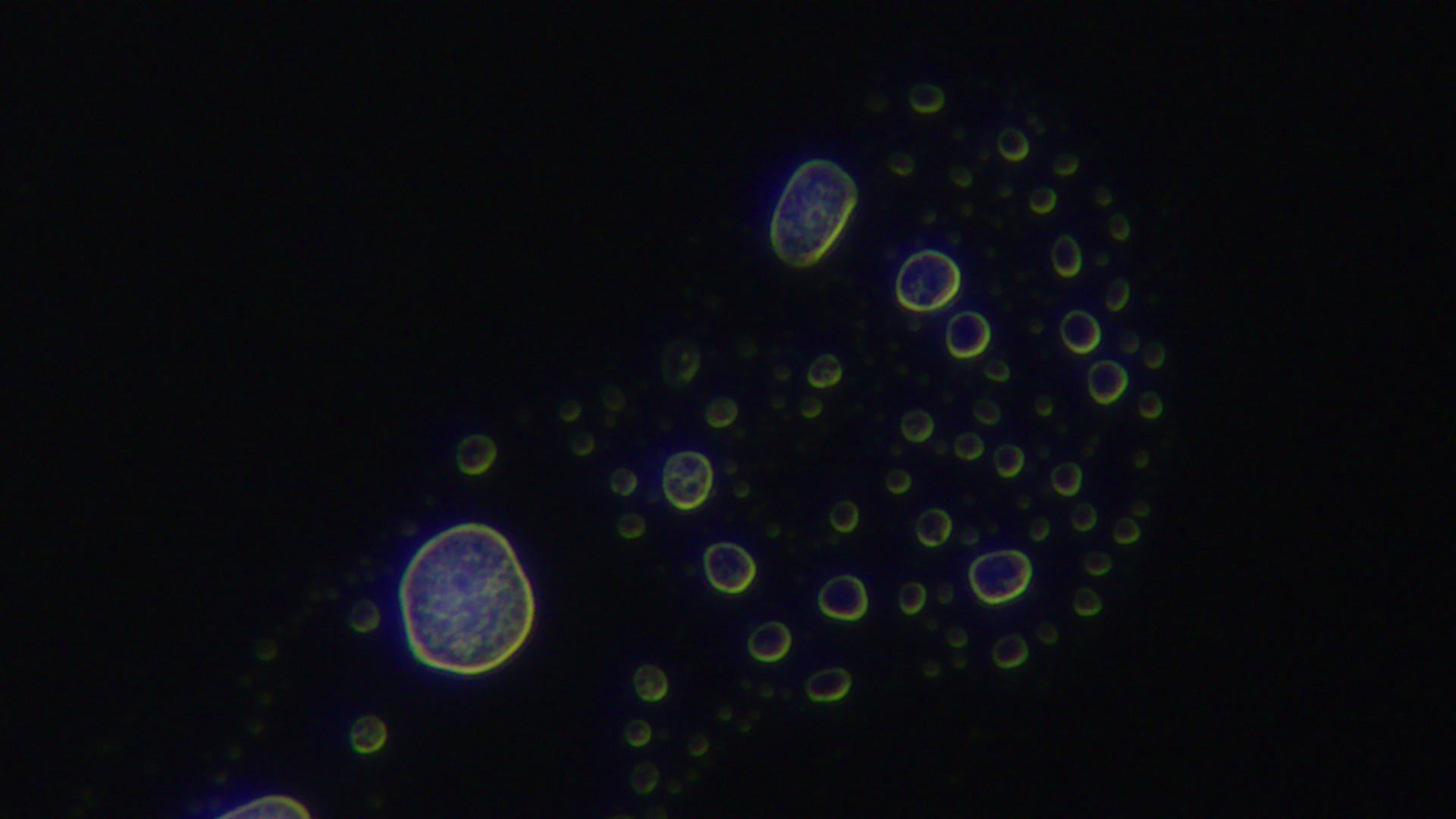



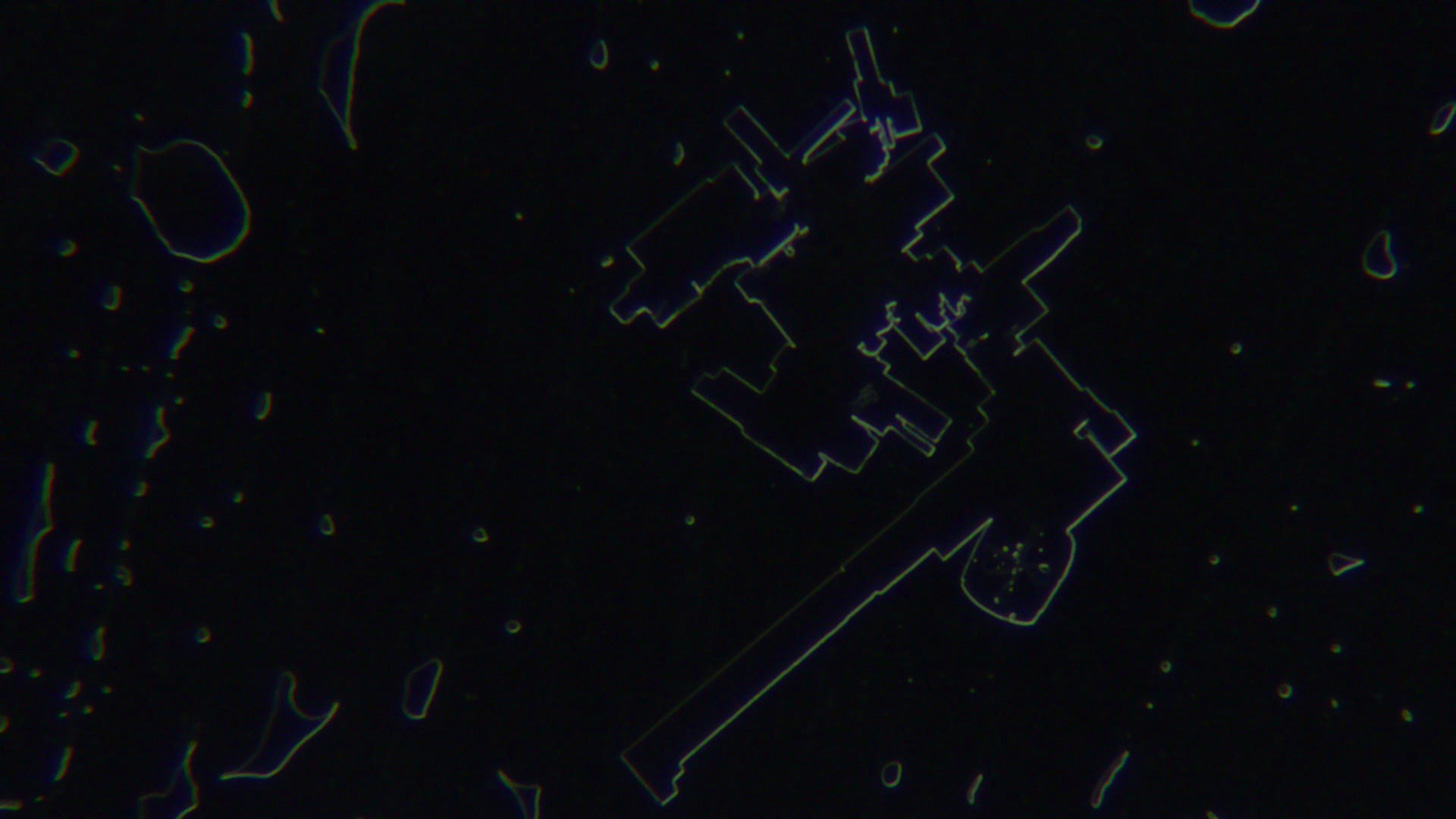


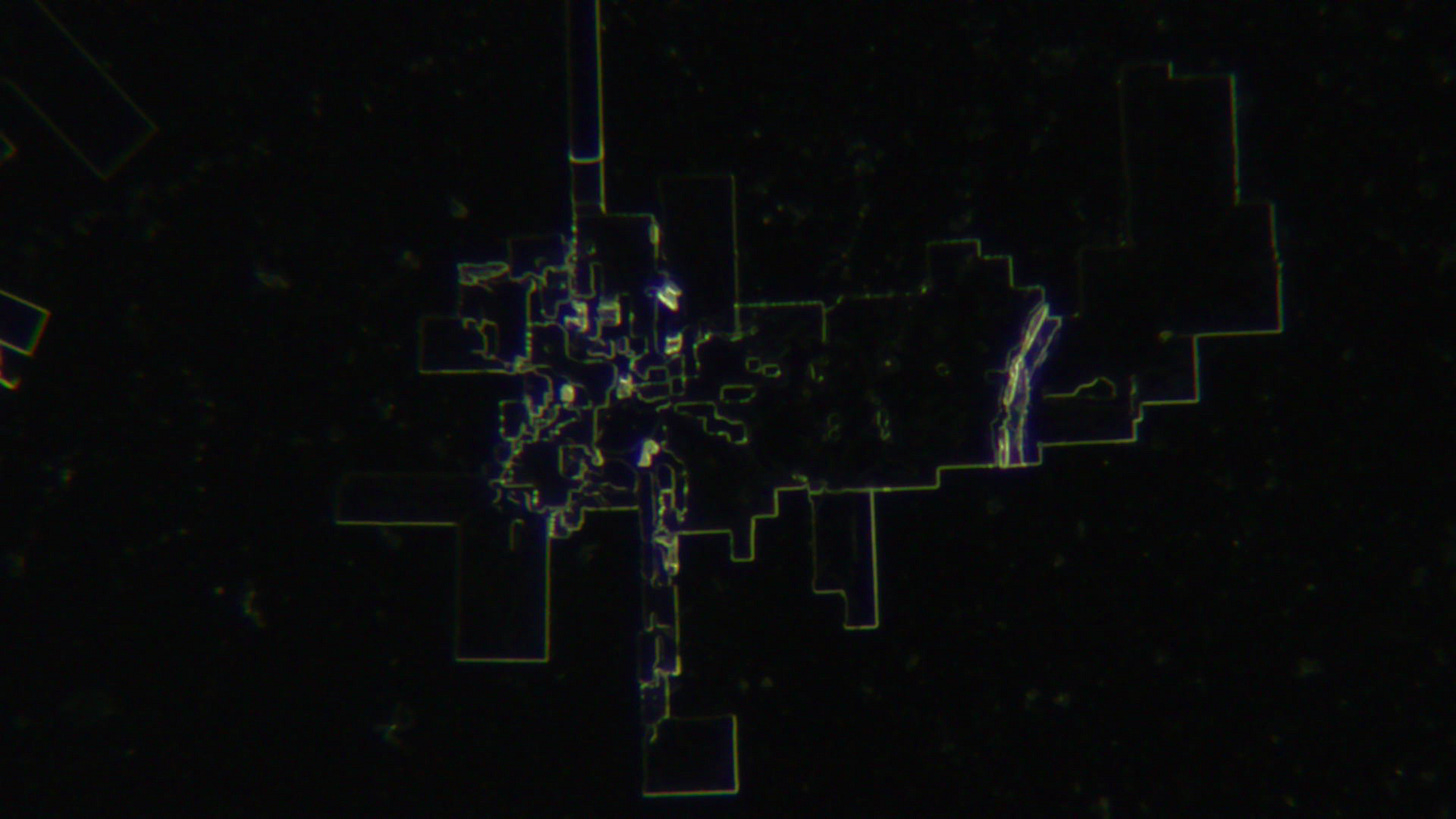
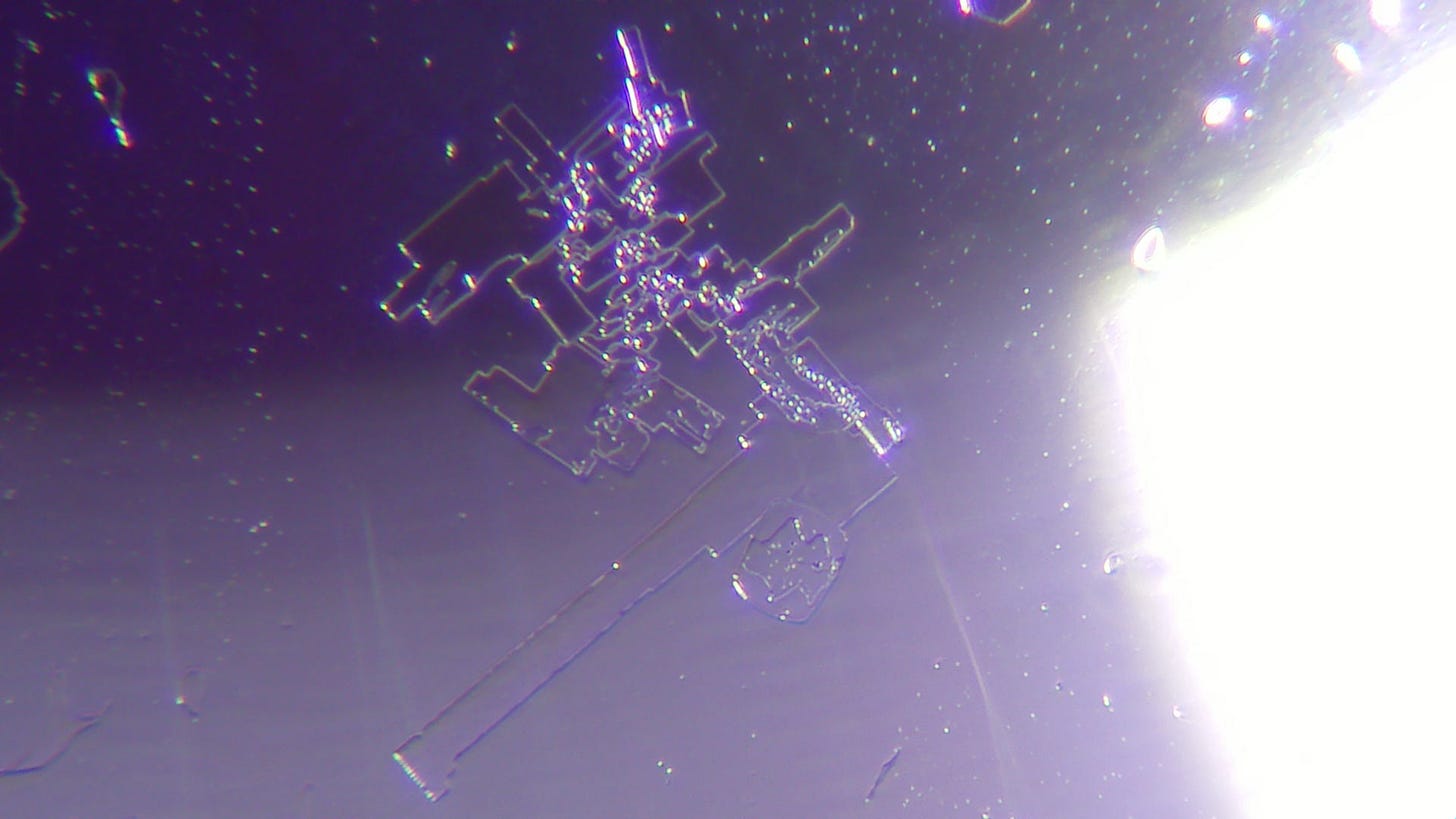
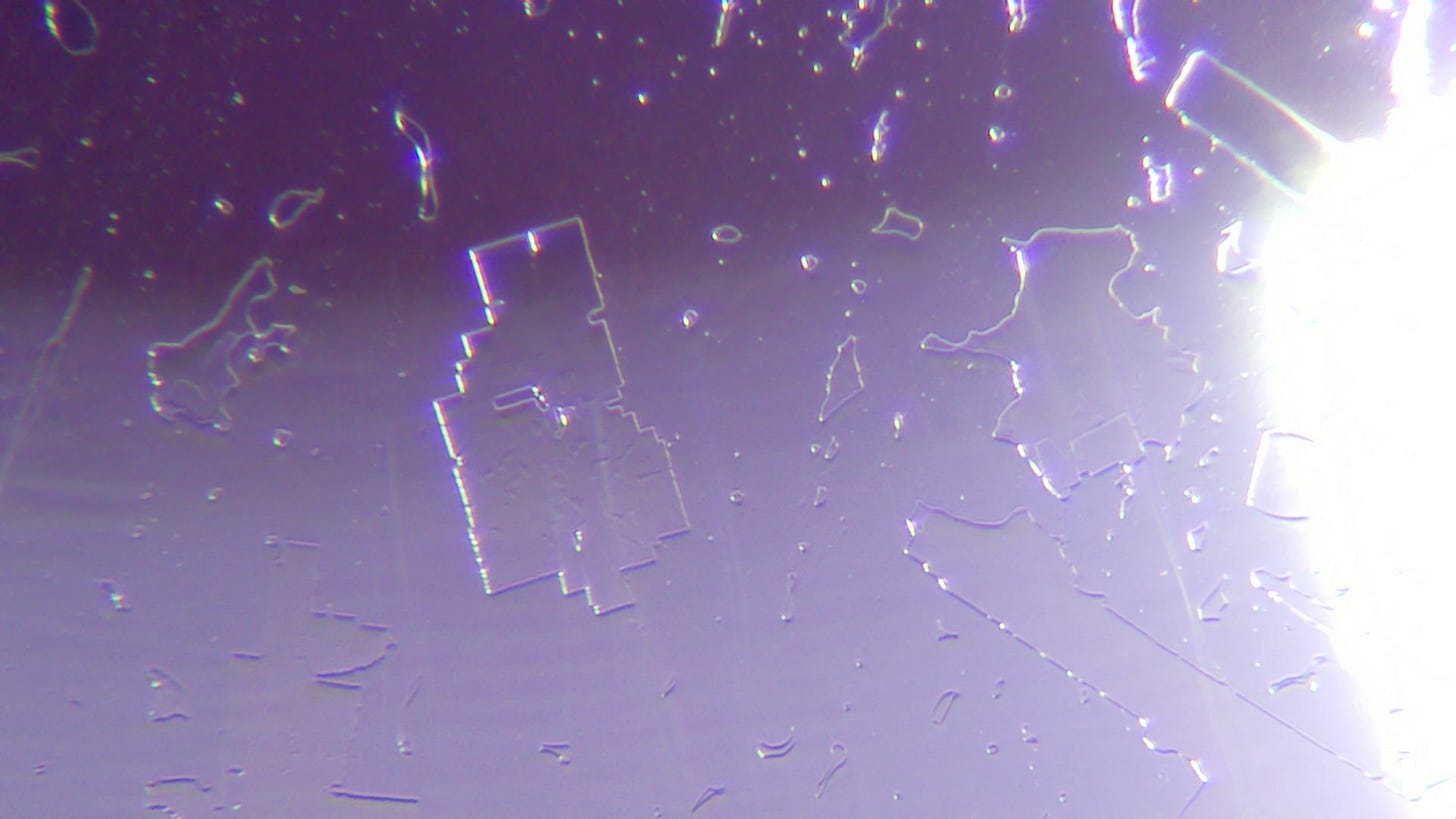
Nigel, it is just beyond the pale. God save us. Can I ask if the water tested is filtered or unfiltered and if you think using a built in filter makes any real difference?
Your writing is excellent. It’s so hard to put words to things like this. It’s already hard to define what we’re looking at. Much less write about it in an intelligible way.